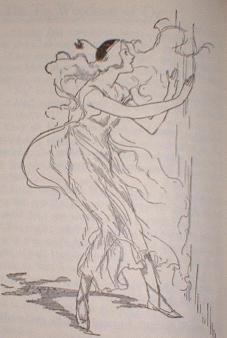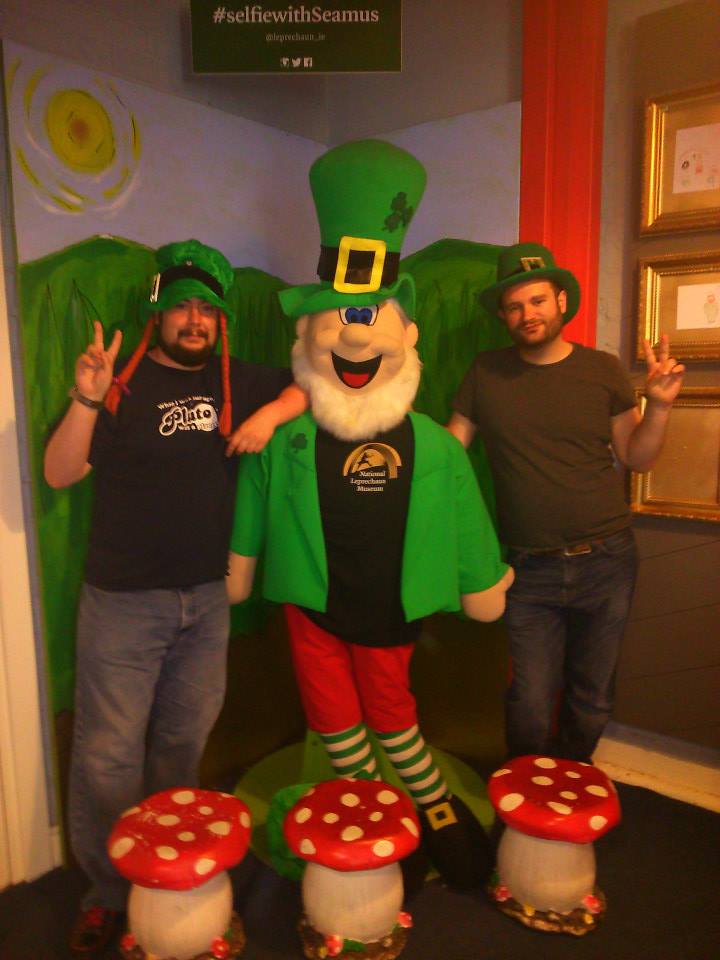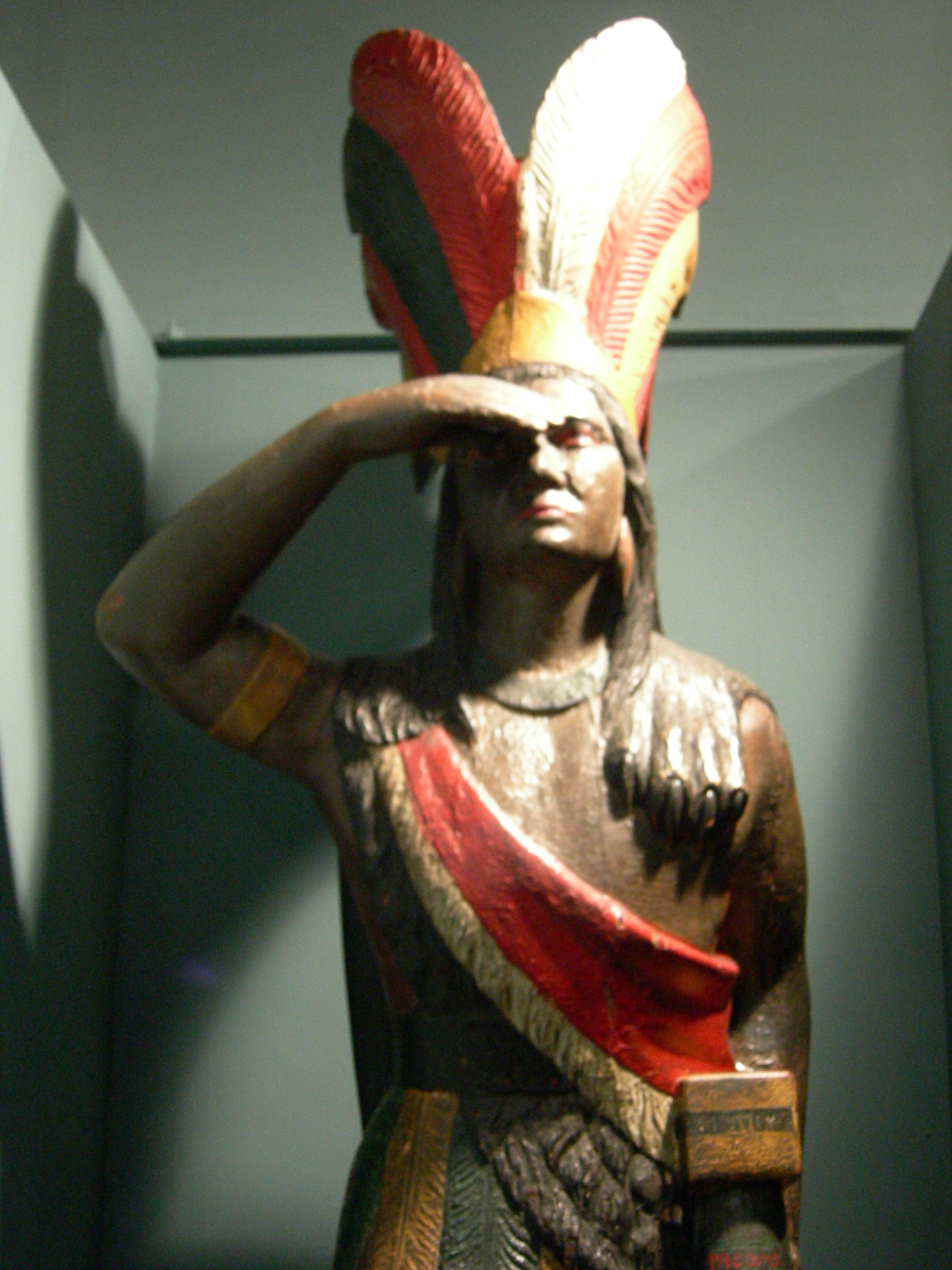|
The Hidden Prince Of Oz
''The Hidden Prince of Oz'' is a novel written by Gina Wickwar and illustrated by Anna-Maria Cool. The book is an entry in the series of Oz books by L. Frank Baum and his many successors.Michael O'Neal Riley, ''Oz and Beyond: The Fantasy World of L. Frank Baum'', Lawrence, KS, University Press of Kansas, 1997. The publication of the book was timed to coincide with the centennial of the original Oz book, ''The Wonderful Wizard of Oz'' (as was also true of Edward Einhorn's '' Paradox in Oz'' and Dave Hardenbrook's ''The Unknown Witches of Oz''). It was the winner of the Club's Centennial book contest, which received over 100 entries in 1998. Wickwar supplies her book with a range of puns, verbal tricks, and imaginative elements: Silica Valley and its inhabitants, plus the Magnetic Field, the Draw Bridge, a Babbling Brook and Caterwauling Cataracts, Snap Dragons, and Dragon Flies. The plot Wickwar introduces a new child protagonist, Emma Lou, an orphan from Arizona, a tomboy and ... [...More Info...] [...Related Items...] OR: [Wikipedia] [Google] [Baidu] |
English Language
English is a West Germanic language that developed in early medieval England and has since become a English as a lingua franca, global lingua franca. The namesake of the language is the Angles (tribe), Angles, one of the Germanic peoples that Anglo-Saxon settlement of Britain, migrated to Britain after its End of Roman rule in Britain, Roman occupiers left. English is the list of languages by total number of speakers, most spoken language in the world, primarily due to the global influences of the former British Empire (succeeded by the Commonwealth of Nations) and the United States. English is the list of languages by number of native speakers, third-most spoken native language, after Mandarin Chinese and Spanish language, Spanish; it is also the most widely learned second language in the world, with more second-language speakers than native speakers. English is either the official language or one of the official languages in list of countries and territories where English ... [...More Info...] [...Related Items...] OR: [Wikipedia] [Google] [Baidu] |
The Unknown Witches Of Oz
''The Unknown Witches of Oz: Locasta and the Three Adepts'' is a 2000 novel written by Dave Hardenbrook, with illustrations by Kerry Rouleau. The publication of ''The Unknown Witches of Oz'' was timed to coincide with the centennial of the original Oz book, ''The Wonderful Wizard of Oz'' (as was also true of Gina Wickwar's '' The Hidden Prince of Oz'' and Edward Einhorns's '' Paradox in Oz''). Hardenbrook's novel is the first volume of a planned trilogy. The witches Locasta is the name that Baum provided his Good Witch of the North in his 1902 dramatization of ''The Wonderful Wizard of Oz''. The Three Adepts are characters that Baum introduced in his final Oz book, ''Glinda of Oz'' — though Hardenbrook changes their names and particulars, making them Locasta's granddaughters. The plot Locasta, the Good Witch of the North, is forced out of Oz by the evil witch Mombi. Locasta solicits help to return to Oz, from a boy named Dan, a sixteen-year-old orphan she meets at the ... [...More Info...] [...Related Items...] OR: [Wikipedia] [Google] [Baidu] |
Books Based On The Wonderful Wizard Of Oz
A book is a structured presentation of recorded information, primarily verbal and graphical, through a medium. Originally physical, electronic books and audiobooks are now existent. Physical books are objects that contain printed material, mostly of writing and images. Modern books are typically composed of many pages bound together and protected by a cover, what is known as the ''codex'' format; older formats include the scroll and the tablet. As a conceptual object, a ''book'' often refers to a written work of substantial length by one or more authors, which may also be distributed digitally as an electronic book (ebook). These kinds of works can be broadly classified into fiction (containing invented content, often narratives) and non-fiction (containing content intended as factual truth). But a physical book may not contain a written work: for example, it may contain ''only'' drawings, engravings, photographs, sheet music, puzzles, or removable content like paper dolls. ... [...More Info...] [...Related Items...] OR: [Wikipedia] [Google] [Baidu] |
Polychrome (Oz)
Polychrome is a cloud fairy and the youngest daughter of the Rainbow, thus she is a "sky princess". She first appears in ''The Road to Oz'' (1909), which is the fifth book of the original fourteen Oz books by American author by L. Frank Baum. She also appears several times in later Oz stories of the classic series and in literature written by authors other than Baum. Appearances When Dorothy Gale, her pet dog Toto, the Shaggy Man, and Button-Bright first encounter Polychrome in the fifth chapter of ''The Road to Oz'', she is seen dancing to keep herself warm, after accidentally sliding off her father's rainbow and landing on the surface of the Earth. (Her father withdrew his bow without realizing she had been left behind.) Polychrome is described as: In personality she is sweet and ethereal, a archetypical good fairy. She is very sensitive to cold and, while on Earth, often dances to keep warm. Polychrome states that she normally only consumes insubstantial foods such as ... [...More Info...] [...Related Items...] OR: [Wikipedia] [Google] [Baidu] |
Sawhorse (Oz)
This is a list of characters in the original Oz books by American author L. Frank Baum. The majority of characters listed here unless noted otherwise have appeared in multiple books under various plotlines. Land of Oz, Oz is made up of four divisions that surround the Emerald City in the center. The country as a whole was originally enchanted by a character named Queen Lurline, who is described in the Oz backstory. Additional characters were added in regions surrounding the Land of Oz (beyond the deserts) as the series progressed. Aunt Em and Uncle Henry Aunt Em and Uncle Henry appear in ''The Wonderful Wizard of Oz'' (1900). They are Dorothy Gale's guardian aunt and uncle. They live a joyless and gray life on a small farm on the prairies of Kansas. Neither of them believe their niece when she tells them she has been to the Land of Oz; they consider her a mere dreamer, as her dead mother had been. This changes when the two later face foreclosure on their farm. Dorothy arrang ... [...More Info...] [...Related Items...] OR: [Wikipedia] [Google] [Baidu] |
Tin Woodman
Nick Chopper, the Tin Woodman, or the Tin Man, is a character in the fictional Land of Oz created by American author L. Frank Baum. He first appeared in his 1900 book '' The Wonderful Wizard of Oz'' and reappeared in many other subsequent Oz books in the series. In late 19th-century America, men made out of various tin pieces were used in advertising and political cartoons. Baum, who was editing a magazine on decorating shop windows when he wrote ''The Wonderful Wizard of Oz'', was inspired to create the Tin Woodman by a figure he had built out of metal parts for a shop display. Character In ''The Wonderful Wizard of Oz'', Dorothy Gale befriends the Tin Woodman after she finds him rusted in the forest, as he was caught in rain, and uses his oil can to release him. His name was Nick Chopper and he used to be an ordinary woodman, working in the woods of Oz. He was in love with a servant of the Wicked Witch of the East, Nimmie Amee. The witch didn't want them to marry, so s ... [...More Info...] [...Related Items...] OR: [Wikipedia] [Google] [Baidu] |
Wizard (Oz)
Oscar Zoroaster Phadrig Isaac Norman Henkle Emmannuel Ambroise Diggs, better known as the "Wizard of Oz" and, during his reign, as "Oz, the Great and Terrible", is a fictional character in the Land of Oz created by American author L. Frank Baum. The character was further popularized by a stage play and several films, including the 1939 MGM musical and the 2013 prequel adaptations. In his first appearance in Baum's 1900 book ''The Wonderful Wizard of Oz'', the Wizard rules the Land of Oz from his palace in the Emerald City. He is exposed at the end of the novel as a conman and circus magician, but in further books of the series, he becomes a trusted and valued friend to the Oz characters. ''Oz'' books The Wizard is one of the characters in the 1900 novel ''The Wonderful Wizard of Oz''. Unseen for most of the book, he is the ruler of the Land of Oz and highly venerated by his subjects. Believing he is the only man capable of solving their problems, Dorothy and her friends travel ... [...More Info...] [...Related Items...] OR: [Wikipedia] [Google] [Baidu] |
Leprechaun
A leprechaun () is a diminutive supernatural being in Irish folklore, classed by some as a type of solitary fairy. They are usually depicted as little bearded men, wearing a coat and hat, who partake in mischief. In later times, they have been depicted as shoe-makers who have a hidden pot of gold at the end of the rainbow. Leprechaun-like creatures rarely appear in Irish mythology and only became prominent in later folklore. Etymology The Anglo-Irish (Hiberno-English) word ''leprechaun'' is descended from Old Irish ''luchorpán or lupracán'', via various (Middle Irish) forms such as ''luchrapán, lupraccán'', (or var. ''luchrupán''). Modern forms The current spelling is used throughout Ireland, but there are numerous regional variants. John O'Donovan's supplement to O'Reilly's ''Irish-English Dictionary'' defines as "a sprite, a pigmy; a fairy of a diminutive size, who always carries a purse containing a shilling".O'Donovan in O'Reilly (1817)''Irish Dict''. Suppl., ... [...More Info...] [...Related Items...] OR: [Wikipedia] [Google] [Baidu] |
The Lost Princess Of Oz
''The Lost Princess of Oz'' is the eleventh book in the Oz series written by L. Frank Baum. Published on June 5, 1917, it begins with the disappearance of Princess Ozma, the ruler of Oz and covers Dorothy and the Wizard's efforts to find her. The introduction to the novel states that its inspiration was a letter a young girl had written to Baum: "I suppose if Ozma ever got hurt or losted , everybody would be sorry." It was followed by ''The Tin Woodman of Oz'' (1918). The Frogman and Cayke's dishpan re-appear in Jeff Freedman's 1994 novel '' The Magic Dishpan of Oz''. Plot Dorothy has risen from bed for the day and is seeing to her friends in the Emerald City and notices that Ozma has not awakened yet. Dorothy goes into Ozma's chambers only to find she is not there. Glinda awakens in her palace in the Quadling Country and finds her Great Book of Records and magic tools are missing. She dispatches a messenger to the Emerald City to relay news of the theft. Receiving the ne ... [...More Info...] [...Related Items...] OR: [Wikipedia] [Google] [Baidu] |
Glass Cat
Bungle, the Glass Cat is a character in the Oz books of L. Frank Baum. More prominently featured in Baum's latter books,Chaston, Joel. "Baum, Bakhtin, and Broadway: A Centennial Look at the Carnival of Oz." The Lion and the Unicorn, vol. 25 no. 1, 2001, p. 128-149. Project MUSE, https://dx.doi.org/10.1353/uni.2001.0002. the Glass Cat often is depicted as using her unique characteristics to the benefit of her companions. Bungle was not well-liked by other inhabitants of Oz due to her self-absorption, but she is suggested to be less uncaring than she appears. Like other Oz characters, Bungle serves to blur the line between person and animal, object and living being, having been described as more intelligent than a typical cat with brains above her station in life. Paul M. Abrahm, and Stuart Kenter. “Tik-Tok and the Three Laws of Robotics.” Science Fiction Studies, vol. 5, no. 1, 1978, pp. 67–80. JSTOR, http://www.jstor.org/stable/4239158. Accessed 3 June 2025. Development Ba ... [...More Info...] [...Related Items...] OR: [Wikipedia] [Google] [Baidu] |
Cigar Store Indian
The cigar store Indian or wooden Indian is an advertisement figure, in the likeness of a Indigenous peoples of the Americas, Native American, used to represent tobacconists. The figures are often three-dimensional wooden sculptures measuring from several feet tall up to life-sized. They are still occasionally used for their original advertising purpose, but are more often seen as decorations or advertising collectibles, with some pieces selling for hundreds of thousands of dollars. History Because of the general illiteracy of the populace, early store owners used descriptive emblems or figures to advertise their shops' wares; for example, barber poles advertise barber shops, show globes advertised Apothecary, apothecaries and Pawnbroker#Three-ball symbol, three gold balls represented pawn shops. American Indians and tobacco had always been associated because American Indians introduced tobacco to Europeans. As early as the 17th century, European tobacconists used figures of Am ... [...More Info...] [...Related Items...] OR: [Wikipedia] [Google] [Baidu] |








